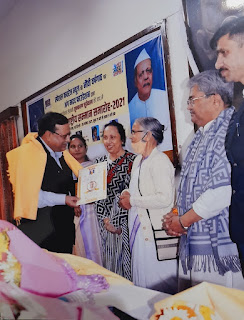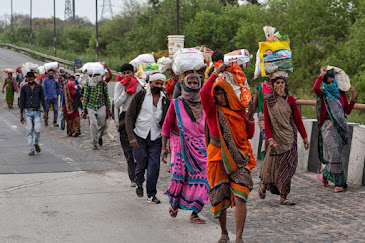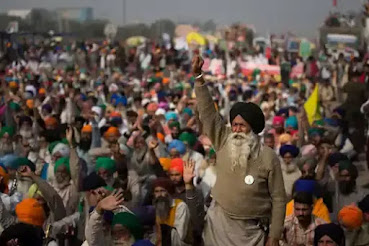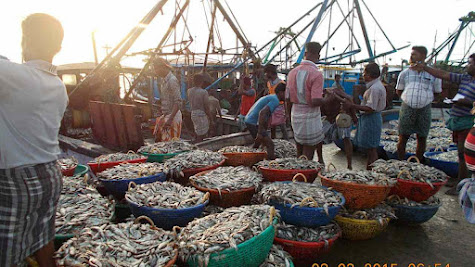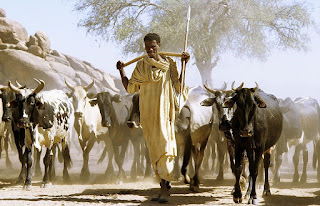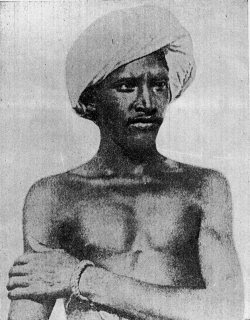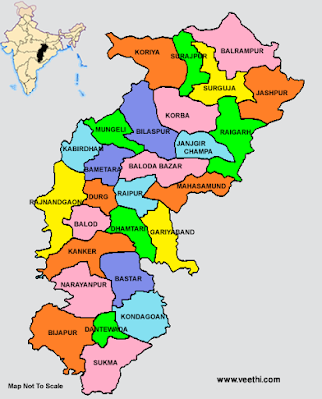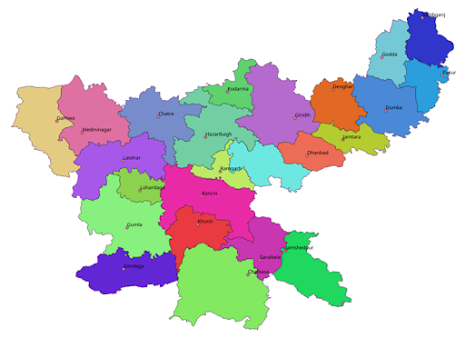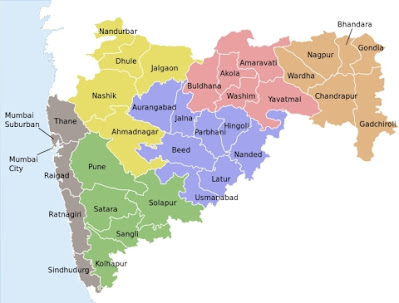Neo-liberal economic policies launched by India’s Central Government in 1990’s launched the twin onslaughts of communalism and ‘economic reforms’ undoubtedly sharpened and exacerbated the perceptions among the marginalized communities like small farmers, pastoralists, fishers and fish workers, Adivasi, Dalits and minorities and their livelihoods, lifestyles and identities are under further threat. The present Central Government led by Narendra Modi and BJP further accentuated the crisis and changed how economic indicators such as real GDP and unemployment are calculated, they cannot hide the reality of the working class - falling incomes, declining jobs, little to no social support, increasing labour rights violations, worsening environmental conditions, regressive agricultural policies and a general fear of life for India's most marginalized sections and oppressed citizens . Log in for the full study at http://ielaind.org/wp-content/uploads/2017/05/ABMKSS-Study-on-Local-Self-G
